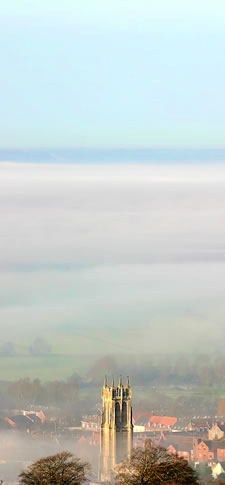An exhibition held at Bristol Museums Galleries and Archives. This exhibition began 24th October 2015 and is running until 13th March 2016. See bristolmuseums.org.uk for further information.
I visited this exhibition in Bristol on the 10th November 2015 and it was worth a visit, I spent a good hour walking around the exhibition and was fascinated and intrigued by some of the items and stories associated with them. Some things one could touch and handle, other items were in small cupboards that you were invited to peek into. There is much to see and read; I liked the skeleton of the bat, it was an interesting shape. There’s lots to explore and one could easily return. This exhibition is for all ages and I’m pleased to see that children do attend. Of course the exhibition contains some items of a sensitive nature, including displays of human remains and discussions of suicide and assisted dying. A great exhibition to ponder and create conversations. Below is the outline of the exhibition that is sited on the Bristol museum website:
“Death is the most universal experience human beings encounter. The stories and objects associated with it occur in all cultures across the world from the earliest human societies to the modern day. Death: the human experience is an exhibition which explores the variety of ways human beings have approached death and dying from around the world and across time. Over 200 amazing items from across Bristol Museums’ collections, including grave goods, preserved body parts, coffins, Japanese watercolours, mourning clothes and much more are used to illustrate and explore six main themes:
Symbols of death
This introduction to the exhibition considers why most cultures create symbols to represent death.
When is death?
This theme looks at the range of different perspectives around when a person is considered to be dead: from the moment the heart stops or when the soul departs the body.
Stages of death
The largest theme in the exhibition begins with the process of dealing with the body post-mortem and funerals, and includes mourning, memorialisation and connecting with the dead.
Attitudes to death
This theme asks you to consider if the way someone dies affects the way we feel about death?
Human remains
Here, you are prompted to think about the variety of ways human remains have been used in the past and asks us how we feel about that today.
Science and ethics
Do we want death to be part of our lives, to embrace the dying and their wishes? This theme examines the role of the medical profession today with exhibits on prolonging life and end of life choices.”

